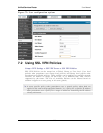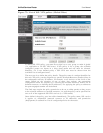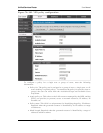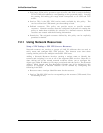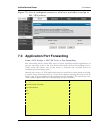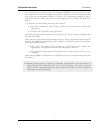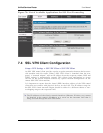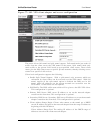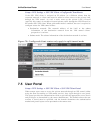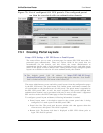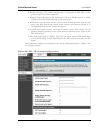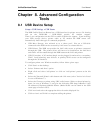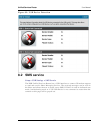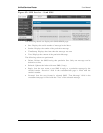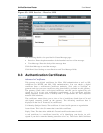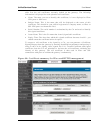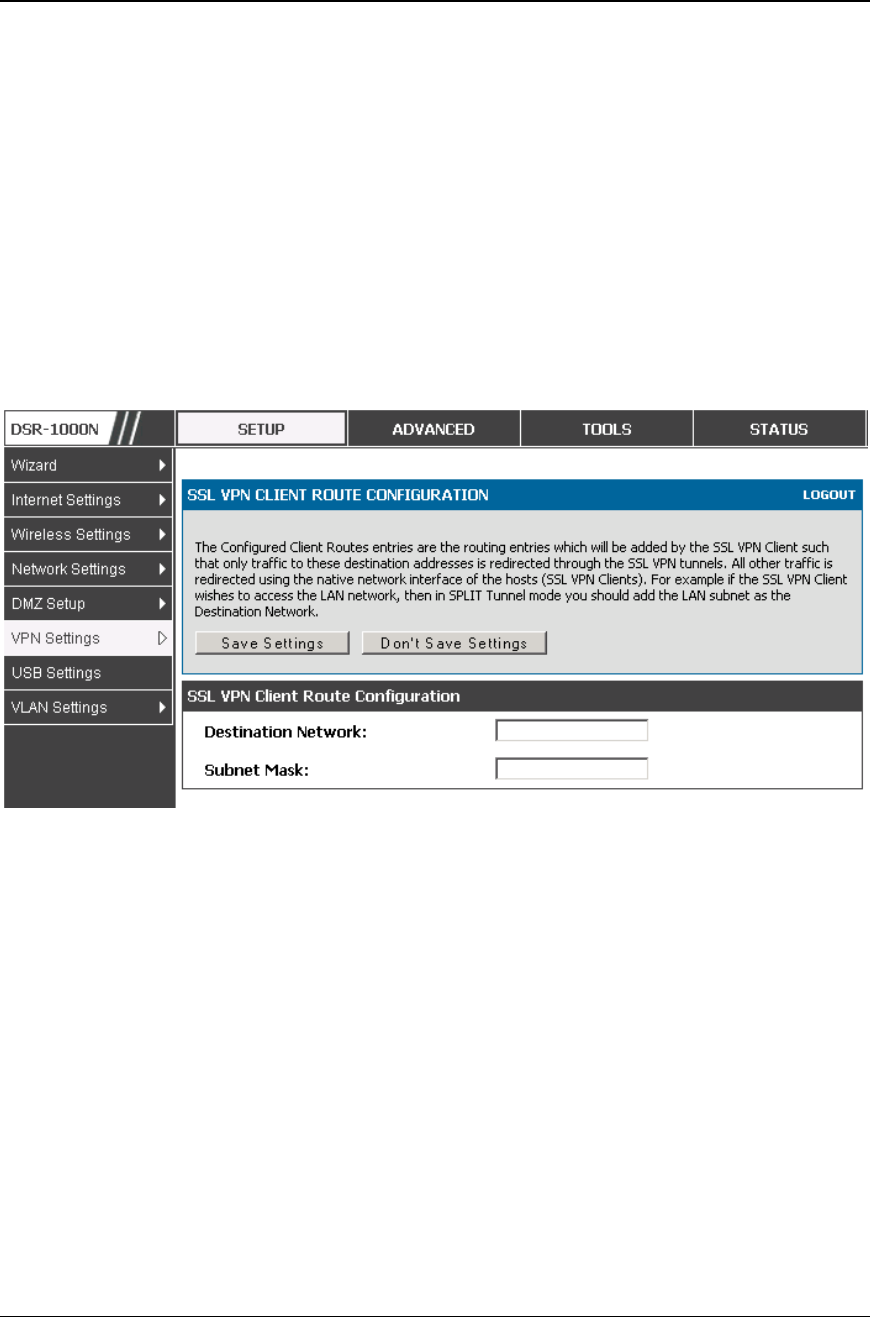
Unified Services Router User Manual
118
Setup > VPN Settings > SSL VPN Client > Configured Client Routes
If the SSL VPN client is assigned an IP address in a different subnet than the
corporate network, a client route must be added to allow access to the private LAN
through the VPN tunnel. As well a static route on the private LAN‘s firewall
(typically this router) is needed to forward private traffic through the VPN Firewall to
the remote SSL VPN client. When split tunnel mode is enabled, the user is required to
configure routes for VPN tunnel clients:
Destination network: The network address of the LAN or the subnet
information of the destination network from the VPN tunnel clients‘
perspective is set here.
Subnet mask: The subnet information of the destination network is set here.
Figure 78: Configured client routes only apply in split tunnel mode
7.5 User Portal
Setup > VPN Settings > SSL VPN Client > SSL VPN Client Portal
When remote users want to access the private network through an SSL tunnel (either
using the Port Forwarding or VPN tunnel service), they login through a user portal.
This portal provides the authentication fields to provide the appropriate access levels
and privileges as determined by the router administrator. The domain where the user
account is stored must be specified, and the domain determines the authentication
method and portal layout screen presented to the remote user.



